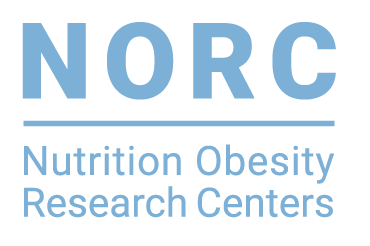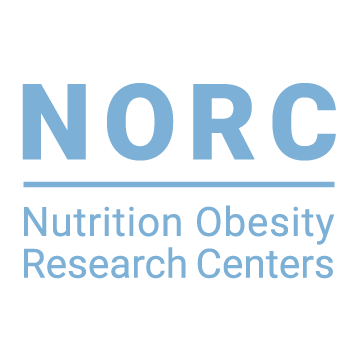Abstract
It has been hypothesized that a greater decline in circulating branched-chain amino acids (BCAAs) after weight loss induced by Roux-en-Y gastric bypass (RYGB) surgery than after calorie restriction alone has independent effects on glucose homeostasis, possibly by decreased signaling through the mammalian target of rapamycin (mTOR). We evaluated plasma BCAAs and their C3 and C5 acylcarnitine metabolites, muscle mTOR phosphorylation, and insulin sensitivity (insulin-stimulated glucose Rd) in obese subjects before and after ~20% weight loss induced by RYGB (n = 10, BMI 45.6 ± 6.7 kg/m(2)) or laparoscopic adjustable gastric banding (LAGB) (n = 10, BMI 46.5 ± 8.8 kg/m(2)). Weight loss increased insulin-stimulated glucose Rd by ~55%, decreased total plasma BCAA and C3 and C5 acylcarnitine concentrations by 20-35%, and did not alter mTOR phosphorylation; no differences were detected between surgical groups (all P values for interaction >0.05). Insulin-stimulated glucose Rd correlated negatively with plasma BCAAs and with C3 and C5 acylcarnitine concentrations (r values -0.56 to -0.75, P < 0.05). These data demonstrate that weight loss induced by either LAGB or RYGB causes the same decline in circulating BCAAs and their C3 and C5 acylcarnitine metabolites. Plasma BCAA concentration is negatively associated with skeletal muscle insulin sensitivity, but the mechanism(s) responsible for this relationship is not known.
Citation
- Magkos F, Bradley D, Schweitzer GG, Finck BN, Eagon JC, Ilkayeva O, Newgard CB, Klein S. Effect of Roux-en-Y gastric bypass and laparoscopic adjustable gastric banding on branched-chain amino acid metabolism. Diabetes. 2013 Aug;62(8):2757-61. PMID: 23610059; PMCID: PMC3717831.
Read More: Diabetes
Research Details
- Research Center: Washington University, St. Louis

